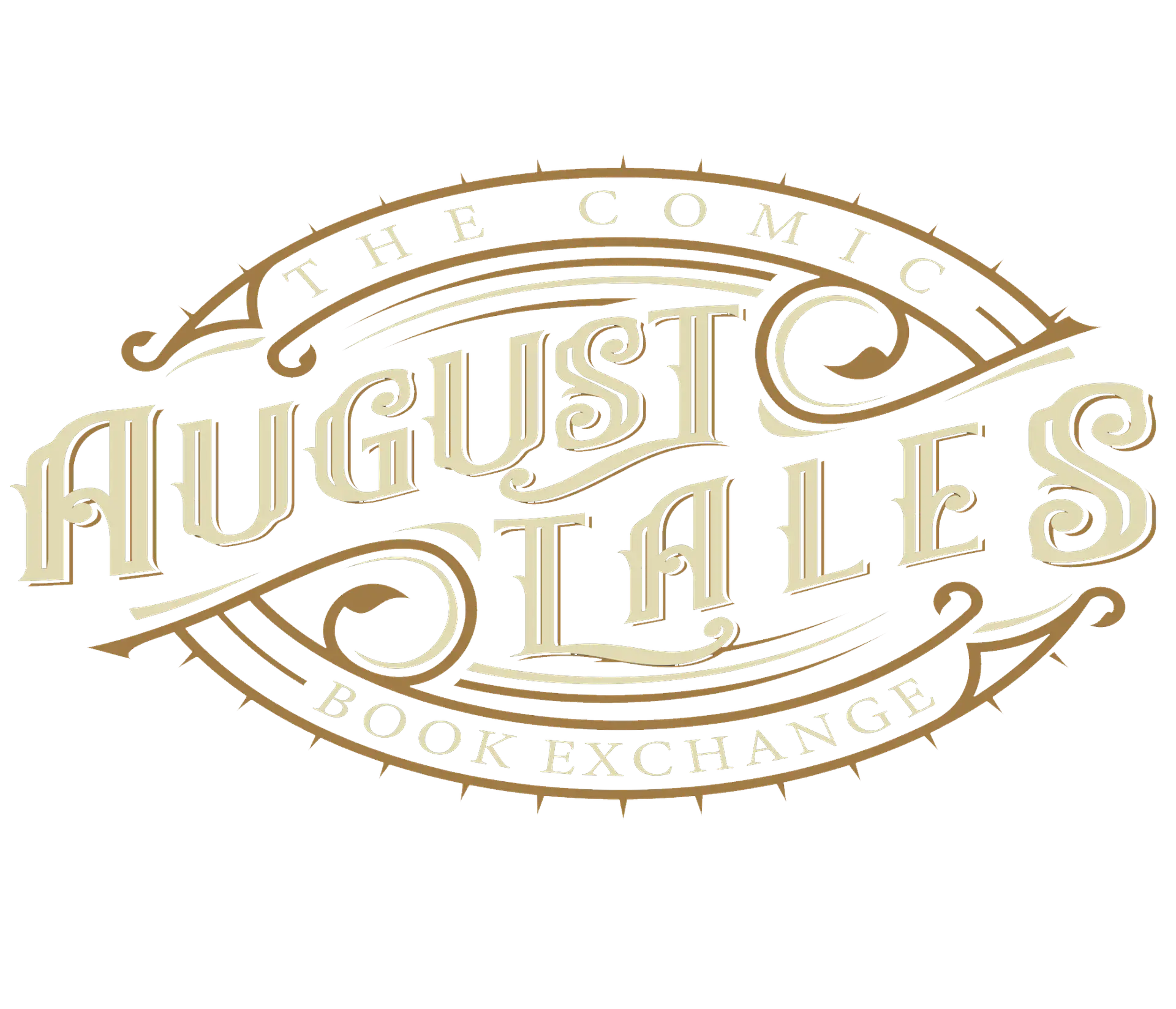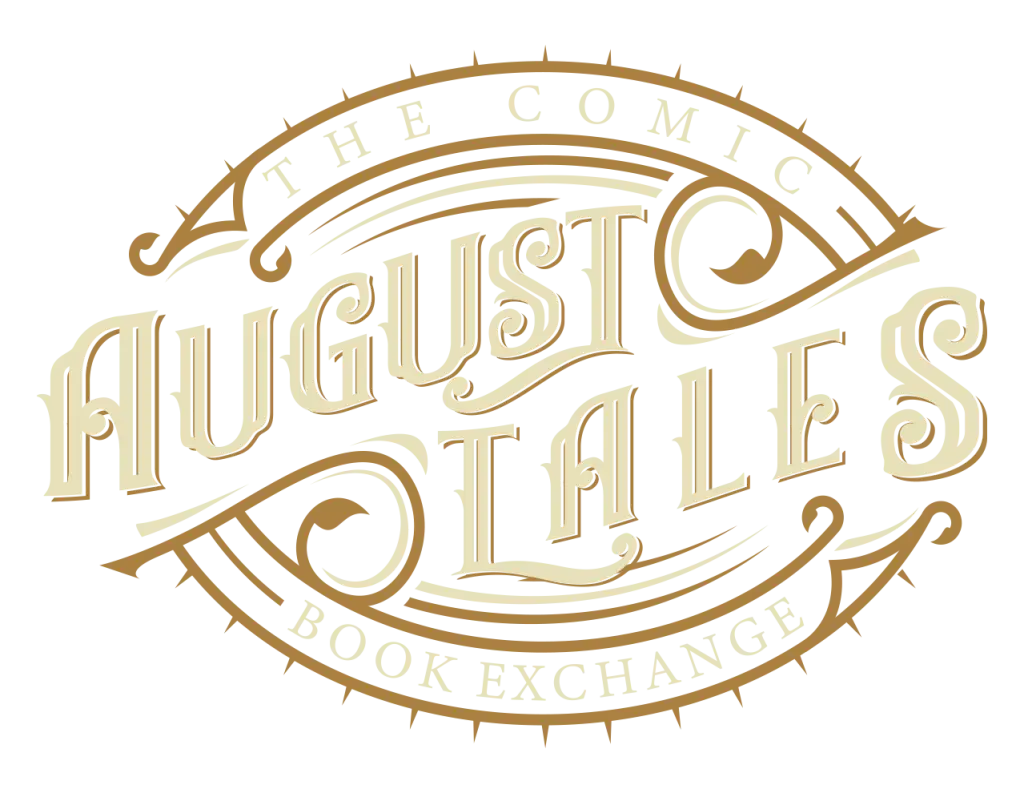Unveiling the Influential Figures Shaping Early Comics
The history of American comic strips is often traced back to the late 19th century with Richard F. Outcault’s “The Yellow Kid” in “Hogan’s Alley.” This humorous series, chronicling the adventures of a yellow-clad child, seemed to herald the birth of a new art form. Yet, this widely accepted narrative might need a revision.
The Smithsonian Collection of Newspaper Comics, a seminal book, bolstered this belief in the late 20th century. However, new research suggests the origins of comic strips may be more complex and globally dispersed than previously thought.
The Kunzle Chronicles
Enter David Kunzle, an English-born art history academic, who has dedicated his life to exploring the roots of comic strips. His two-volume study, “The Early Comic Strip,” offers an expansive timeline from 1450 to 1825, well before the 1890s. Kunzle’s in-depth study of Swiss comic-strip pioneer Rodolphe Töpffer provides a time machine ride for enthusiasts, revealing a rich history beyond American shores.
Maresca’s Revival Mission
Peter Maresca, founder of Sunday Press, has resurrected classic comics with meticulous detail. His crowning achievement is the revival of “Little Nemo in Slumberland” by Winsor McCay in its original, full-page glory. Over the years, Maresca has continued to breathe life into early 20th-century comics, delighting audiences with each release.
Smolderen’s Dual Insight
Thierry Smolderen, a Belgian writer and critic, bridges the gap between creating and analyzing comics. Known for works like “Souvenirs de l’empire de l’Atome” and “McCay,” Smolderen’s book “The Origins of Comics: From William Hogarth to Winsor McCay” offers fresh perspectives on the medium’s history.
A Confluence of Comic Histories
In February 2023, Kunzle, Smolderen, and Maresca converged on a Zoom call, delving into the development of comic strips across centuries and continents. Their conversation, rich with personal anecdotes and philosophical musings, offers a nuanced perspective on the evolution of comic strips.
Kunzle, armed with his extensive research, sheds light on the rebirth of comic strips in the 1840s. He references the fantastical tales inspired by Vauxhall Gardens’ firework displays in 1847, revealing surprising origins of early comic ideas.
Smolderen adds depth, drawing from his experiments with narrative styles in graphic novels. He discusses the interplay between artistic research and creative execution, highlighting how different sources of inspiration lead to unique narratives.
The Impact on Modern Comics
The trio’s discussion highlights how forgotten narratives and drawing styles influence today’s comic artists. These older narratives, found in magazines like Simplicissimus and L’Assiette au Beurre, challenge the notion that comics must be sequential to tell a story. The wit and liveliness of the art form transcend traditional structures.
In essence, the comic strip, with its blend of humor and art, spans centuries and continents. It is a global phenomenon, not confined to American newspapers. The future of comic strips is yet to be sketched, but their past is as colorful and varied as the comics themselves.
Read this article and more at August Tales Comics. Your go-to site for trade paperback exchanges and comic book news! Trade. Read. Repeat.
#comics #comicbooks #graphicnovel #graphicnovels #augusttales
Image credit: www.tcj.com







